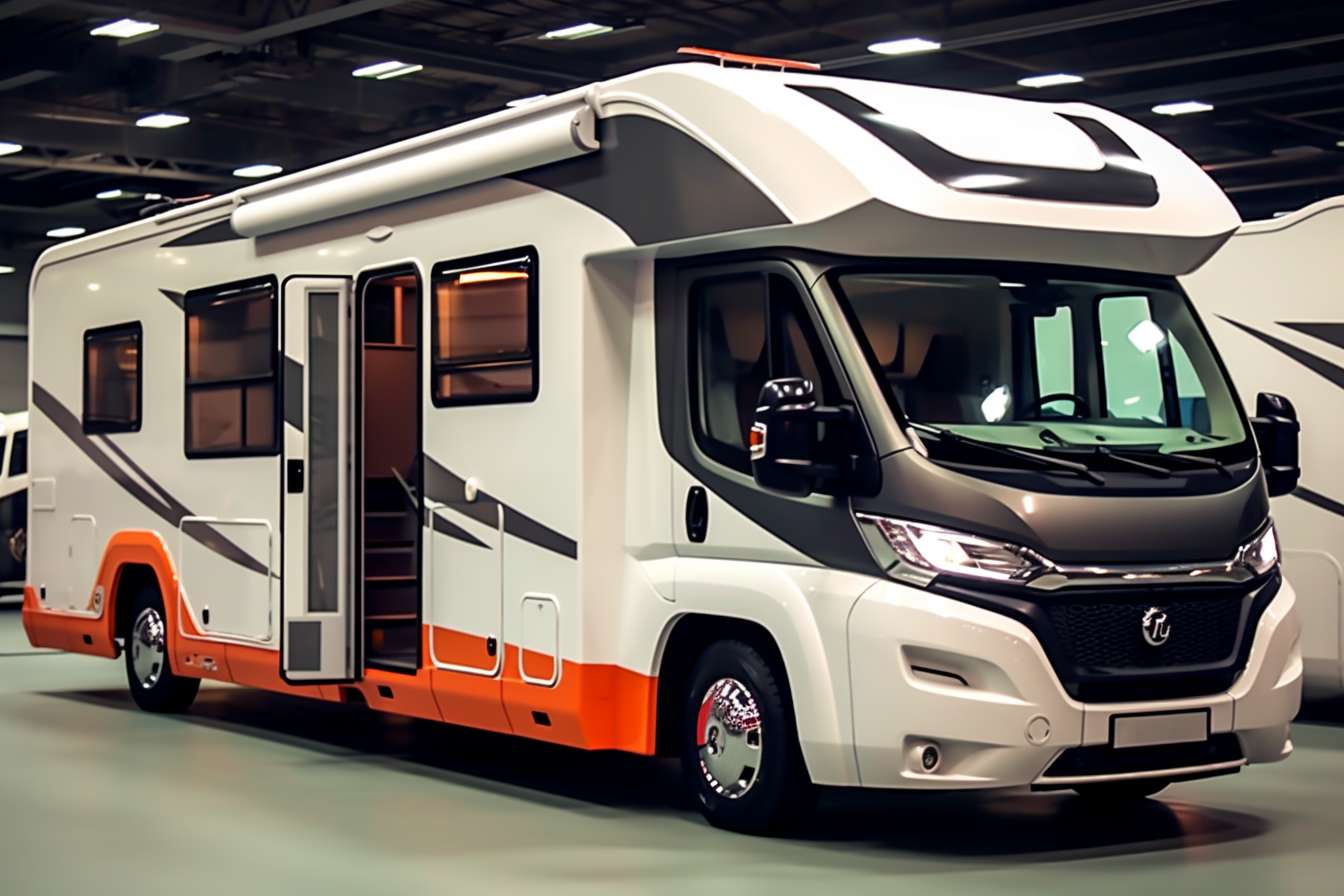RVs, Campers & Motorhomes: The Ultimate Travel Trend of 2025
The recreational vehicle industry is experiencing unprecedented growth as more Americans embrace the freedom of mobile living. From compact camper vans to luxury motorhomes, these versatile vehicles are reshaping how we think about travel, work, and lifestyle choices in the modern era.

The landscape of American travel is undergoing a dramatic transformation, with recreational vehicles leading the charge toward more flexible and adventurous lifestyles. This shift represents more than just a passing fad – it’s a fundamental change in how people approach work-life balance, retirement planning, and family vacations.
What’s Driving the RV Camper & Motorhomes 2025 Boom?
Several converging factors are propelling the recreational vehicle market to new heights. Remote work capabilities have freed millions from traditional office constraints, enabling location-independent careers. Rising housing costs in urban areas make RV living an attractive alternative for budget-conscious individuals and families. Additionally, the desire for outdoor experiences and social distancing preferences continue to influence travel decisions.
The demographic of RV enthusiasts has also evolved significantly. While retirees traditionally dominated this market, younger generations now represent a substantial portion of new buyers. Millennials and Gen Z consumers are drawn to the minimalist lifestyle, environmental consciousness, and Instagram-worthy adventures that RV travel provides.
Understanding RV Camper & Motorhomes Costs in Today’s Market
The financial investment required for RV ownership varies dramatically based on size, features, and intended use. Entry-level travel trailers start around $15,000 to $25,000, while luxury motorhomes can exceed $500,000. Used vehicles offer significant savings, with quality options available at 30-50% below new prices.
Beyond the initial purchase, ongoing expenses include insurance ($1,000-$4,000 annually), maintenance ($3,000-$5,000 yearly), campground fees ($30-$80 per night), and fuel costs. Full-time RV living can cost between $1,500-$4,000 monthly, depending on lifestyle choices and travel frequency.
| Vehicle Type | Price Range | Annual Maintenance | Fuel Economy |
|---|---|---|---|
| Travel Trailer | $15,000-$80,000 | $1,500-$3,000 | Depends on tow vehicle |
| Motorhome Class A | $80,000-$500,000+ | $4,000-$8,000 | 6-10 MPG |
| Motorhome Class B | $60,000-$200,000 | $2,500-$4,500 | 15-20 MPG |
| Motorhome Class C | $50,000-$150,000 | $3,000-$5,000 | 8-14 MPG |
| Fifth Wheel | $30,000-$200,000 | $2,000-$4,000 | Depends on tow vehicle |
Prices, rates, or cost estimates mentioned in this article are based on the latest available information but may change over time. Independent research is advised before making financial decisions.
RV Camper & Motorhomes Comparison: Finding Your Perfect Match
Choosing the right recreational vehicle requires careful consideration of intended use, budget, and personal preferences. Travel trailers offer affordability and the ability to unhitch for local exploration, but require a capable tow vehicle. Motorhomes provide integrated driving and living spaces but represent higher upfront costs and maintenance requirements.
Class A motorhomes deliver maximum space and luxury amenities, making them ideal for full-time living or extended trips. Class B vehicles, often called camper vans, excel in maneuverability and fuel efficiency while sacrificing some living space. Class C motorhomes strike a balance between size and drivability, popular among families and weekend warriors.
Fifth wheels maximize living space within towable constraints, requiring specialized pickup trucks but offering apartment-like comfort. Pop-up campers and truck campers serve budget-conscious adventurers seeking basic shelter without sacrificing outdoor access.
The RV Camper & Motorhomes Trend: Technology and Innovation
Modern recreational vehicles incorporate cutting-edge technology that enhances comfort, safety, and connectivity. Solar power systems, lithium batteries, and energy-efficient appliances enable extended off-grid camping. Satellite internet, cellular boosters, and smart home integration keep travelers connected to work and entertainment.
Safety innovations include backup cameras, collision avoidance systems, and tire pressure monitoring. Automated leveling systems, slide-out rooms, and residential-style appliances blur the line between mobile and stationary living. These technological advances attract tech-savvy consumers while improving the overall RV experience.
Manufacturers are also responding to environmental concerns with improved aerodynamics, lightweight materials, and alternative fuel options. Electric RVs remain in early development stages, but hybrid systems and more efficient engines are becoming standard features.
Planning Your RV Adventure: Practical Considerations
Successful RV ownership requires more than selecting the right vehicle. Understanding campground reservation systems, especially for popular destinations, prevents disappointment during peak seasons. State and national park systems offer excellent value but require advance planning and sometimes lottery systems for prime locations.
Maintenance skills become invaluable for RV owners, as basic repairs and troubleshooting can save significant money and prevent trip disruptions. Many owners invest in extended warranties and roadside assistance programs for peace of mind during travels.
Storage solutions vary by location and season, with monthly fees ranging from $50-$300 depending on amenities and climate control. Some owners choose to rent out their RVs when not in use, potentially offsetting ownership costs through peer-to-peer platforms.
The recreational vehicle lifestyle offers unprecedented freedom and flexibility for those willing to embrace its unique challenges and rewards. As remote work continues normalizing and housing costs remain elevated, this trend shows no signs of slowing down, making 2025 a pivotal year for the industry’s continued growth and evolution.




